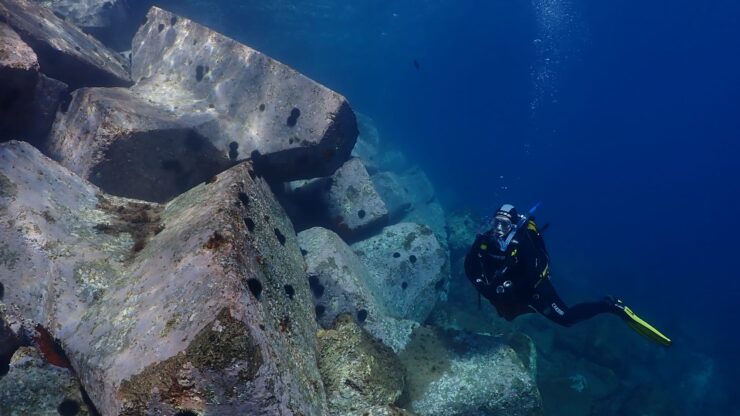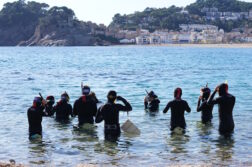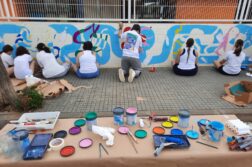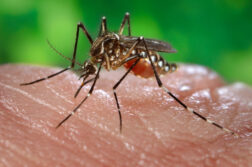This September 2, a new training session was held for divers. CEAB-CSIC scientists who study underwater deserts have explained how they can collaborate in their research.
The I Costa Brava Diving Fest, held this last weekend, was the setting for a new training activity aimed at immersion centers. It was carried out in the Blanes Sub and brought together divers and research staff from the Hidden Deserts project, led by CEAB-CSIC.
Scientists have started explaining the problem of “underwater deserts”, that is, spaces of bare rock in which algae and all the biodiversity that they previously housed have disappeared. These inert zones are increasing at many points. In the Mediterranean, 150 underwater deserts of different sizes have already been identified.

Jordi Boada and Anaïs Barrera, from CEAB-CSIC, have pointed out that it is not a natural phenomenon. It is the result of various factors, such as the increase in temperature, the arrival of invasive species, pollution or overfishing. The last one, overfishing, plays a very important role in the disappearance of the kelp forests on Costa Brava.
“The overfishing of species that are predatory to sea urchins, such as the sardinian, is a problem since sea urchins, which are herbivores, proliferate too much and eat all the algae,” Jordi Boada explained.
These animals make underwater forests disappear and end up being the only life left in the “deserts”.
The researchers have also exposed what they are doing about it. With the Hidden Deserts project, they locate deserted areas (they use aerial and submersible drones and make dives) and follow up to find out “how they work” and how they evolve. Subsequently, they study solutions for each case and propose actions to recover the disappeared kelp forests.
The importance of citizen science
The Hidden Deserts scientific team joins forces with citizens. It trains open water swimmers, divers and other people who are in very direct contact with the sea.
They learn to recognize “deserts” and how to take photos and upload them to the Observadores del Mar platform.
Anaïs Barrera, a CEAB-CSIC researcher, explains that “we review them to validate that they really are deserts. It helps us a lot, since it allows us to have many more eyes on the sea”.
Divers and other regulars in the sea are also discovering how to help in monitoring tasks of these dead zones. In the trainnings, they are taught to do it: it is necessary to submerge and take images periodically, by quadrants, of the same twenty-five meters. These photos help to see the evolution of the desert, to count the number of sea urchins and to study solutions to reverse it.





